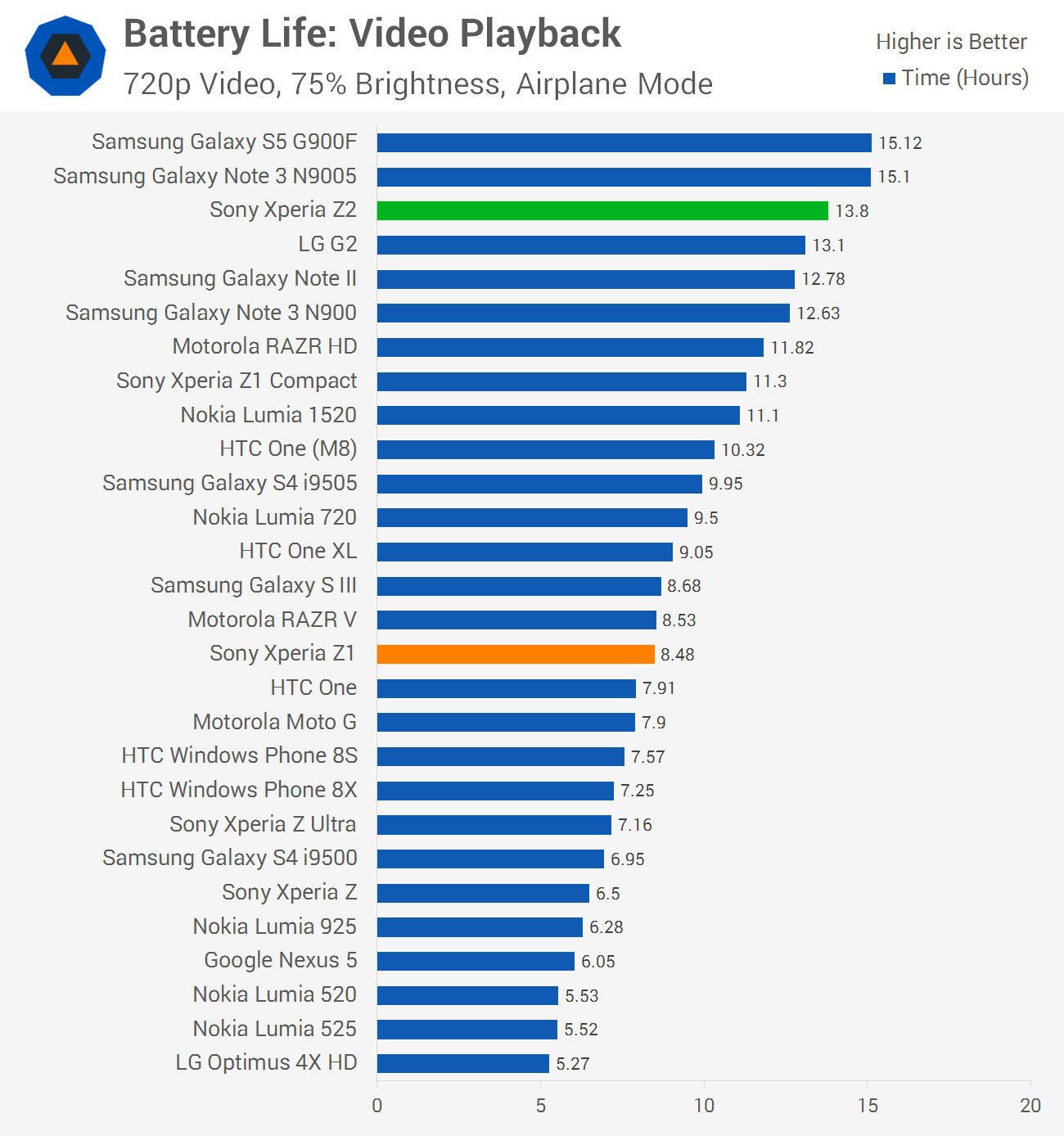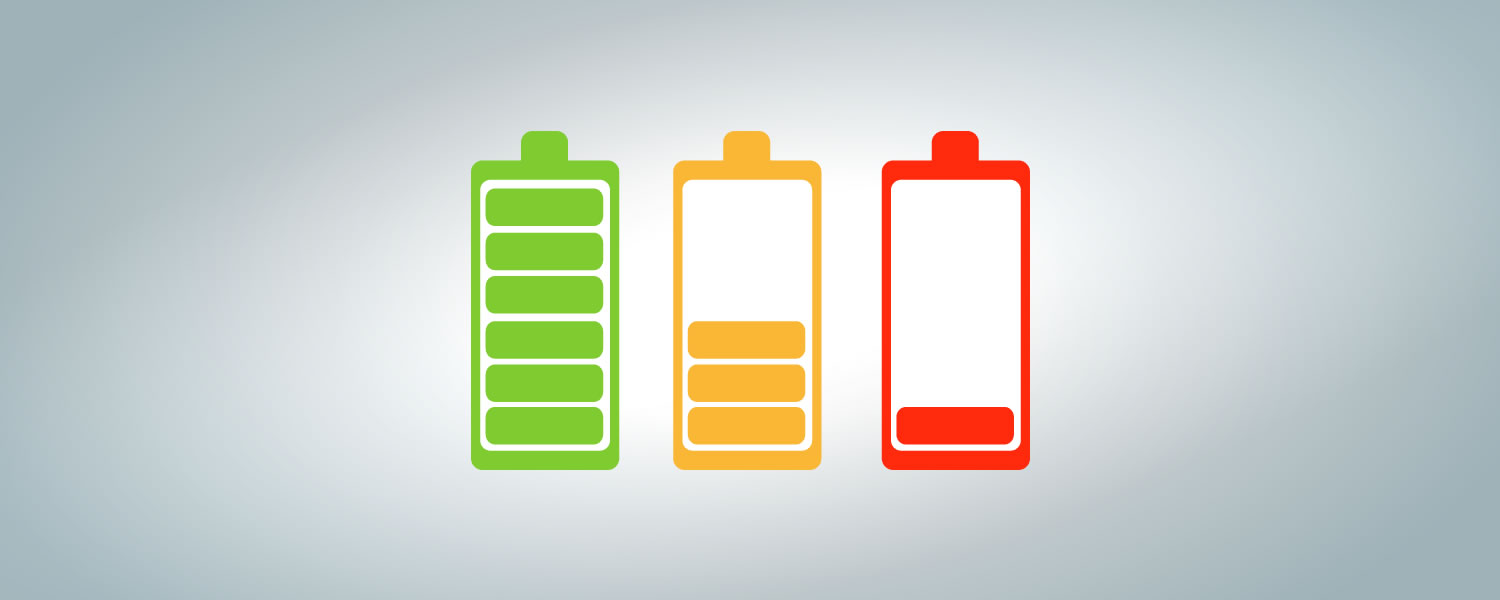I've heard some depressing things as an entrepreneur in the mobile space.
- This app has too many animations which drains battery, so I don't use it.
- Using Wi-Fi drains battery life, so I just rely on 3G.
- Bluetooth drains a lot of battery life so I turn it off, even though I wear a Fitbit everyday. I just turn it on once a day at home to sync.
- I don't download apps because I'm afraid they will kill my battery.
The first is clearly ridiculous, yet came from an intelligent person. Your phone will actually last longer with a stable Wi-Fi connection, and Bluetooth doesn't drain battery at all unless used. Even then, it's minimal. The last complaint is such a sad thing for us in the industry to hear.
Jeffrey Yuwono is CEO and co-founder of Feecha, a hyperlocal news app for neighbourhoods. A Stanford MBA and Duke undergrad, Jeff writes insightful observations about technology once a day on his blog The Cornerplay and now on this weekly column on TechSpot.
The fear of running out of battery wields such an extraordinary influence over how we use smartphones. We benchmark every task according to how much battery it takes. We are never too far from a charger, and many of us carry a heavy, cumbersome power bank.
I have good news: we are on the verge of true all day battery life.
Many phones claim all day battery life but we all know that's mostly bs. I've owned the iPhone 3G, 3GS, 4, 4S and 5S and always needed to charge mid-day. I've also owned an LG Optimus 2X, Samsung Galaxy S3, HTC One and Moto G and similarly, none of those can make an entire day.
The first phone that actually lasted the whole day for me is the OnePlus One, which I reviewed as 'two' good. I understand other Android flagship phones released this year, like the Sony Xperia Z2 and Samsung Galaxy S5, can do the same. Of course, there were always specialist phones like the Droid Maxx that had true, all day battery life.

"True all day battery life" is a tricky phrase because usage is never the same. You can always drain battery faster. I'm above average when it comes to that though: all my sensors are kept on - Wi-Fi, Bluetooth, GPS, etc. - and I'm not shy to use them. I download lots of apps and average 6 hours of onscreen time a day.
With the iPhone 5S, I'd run out of battery by 7 pm. With the OnePlus One, I'd have 10% left at 2 am.
We are a year or two away, but folks, by 2016 everyone will expect OnePlus One type battery life from their phones. There will be no power bank industry and no one will care whether batteries are removable.
There are three major trends driving this future: bigger phones, better hardware and Android L.
Bigger Phones

Phone displays have increased over time. While bigger displays require more power, they also tend to come with bigger batteries. The increase in battery size has more than compensated the bigger power draw.
| Samsung | Display Size | Battery Size | Battery Life* |
| Galaxy S | 4.0-inches | 1500 mAh | 5.8 hours |
| Galaxy S2 | 4.3-inches | 1650 mAh | 7.4 hours |
| Galaxy S3 | 4.8-inches | 2100 mAh | 7.6 hours |
| Galaxy S4 | 5.0-inches | 2600 mAh | 6.6 hours** |
| Galaxy S5 | 5.1-inches | 2800 mAh | 10.2 hours |
As seen in the Samsung Galaxy line of phones, larger displays featured larger batteries and that translated to longer battery life.
Average phone size will continue to increase, especially with the iPhone 6 at 4.7-inches and 5.5-inches, and with that will come bigger batteries.
Better Hardware
Obviously, battery size isn't the only driver of battery life. Hardware matters, too.
The Sony Xperia Z2 is a good example of how much of an impact better hardware can have on battery life. The Z2 is similar to the Z1; both were released just six months apart. Both sport a 1920 x 1080 resolution, with the Z2 having a slightly larger display at 5.2-inches and the Z1 at 5.0 inches. To compensate, the Z2 has a 3200 mAh battery whereas the Z1 has 3000 mAh.

Based on battery size, and despite the larger screen, you'd expect the Z2 to last 7% longer at most right?
Yet, in TechSpot's battery life test, the Z2 scored 13 hours and 48 minutes. The Z1? Merely 8 hours and 29 minutes, a stunning 61% difference:

Two factors drive this enormous gap.
First, while the Z2 has a larger screen, it uses an IPS display that is far better than the power-hungry TN display in the Z1.
Second, the Z2 has a Snapdragon 801 chipset while the Z1 has the Snapdragon 800. The 801 does some things more efficiently from a power perspective, like image and video processing. As Anandtech writes:
You can also look at the benefits of these things from the perspective of lowering power consumption. Tasks can now complete in less time, allowing these individual IP blocks to quickly move down to lower power states and increase battery life.
Better hardware means better battery life, and as you can see with the Z2 and the Z1, the difference can be stark.
Android L
Wait, what about iPhone? Apple has always done a great job optimizing battery life. They've consistently squeezed more with less. We expect that to continue, but we also suspect most of the easy gains have been achieved.
There is more potential in Android. For the first time, optimizing battery life has become a priority for Google in Android L. Ars Technica tested to see whether Google succeeded, pitting a Nexus 5 with KitKat against a Nexus 5 with Android L developer preview.
Same hardware, different software:

Android L netted 36% better battery life, or two extra hours of screen time.
With Android L on my OnePlus One, instead of 10%, I might end up going to bed with 42% battery. That's just amazing.
With bigger batteries, better hardware and software improvements, smartphones will soon feature true all day battery life. We're there already with this year's flagship Android phones; high-end phones of today become mid-tier next year and low-end the year after. In two years' time, all new phones will likely have true, all day battery life.
Battery will soon cease to be a constant worry, and we can finally use our phones the way they were meant to be used. Sensors on, with any app that catches your fancy.
Masthead based on this Shutterstock
